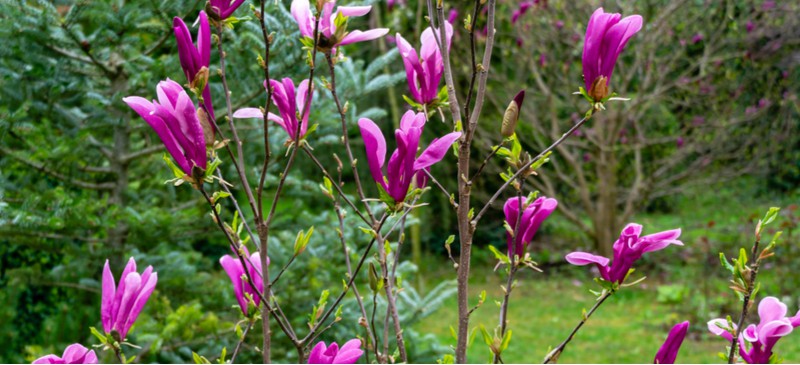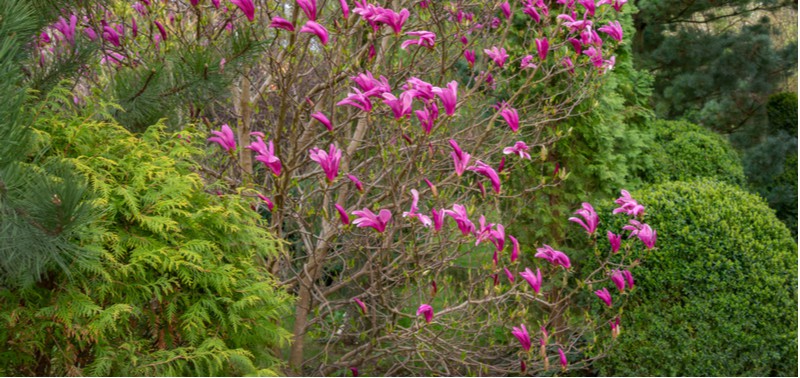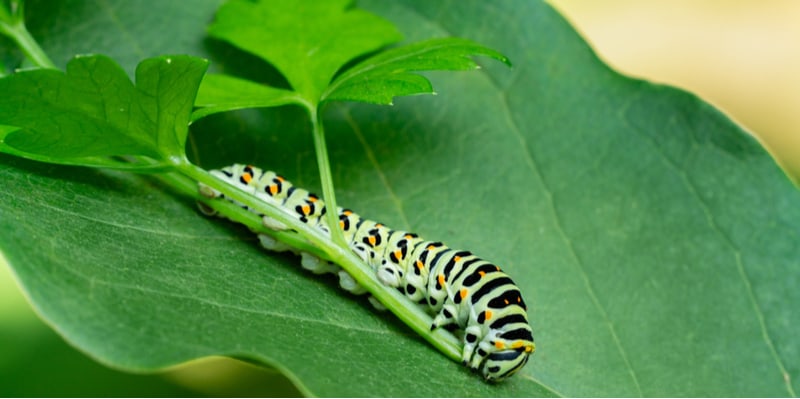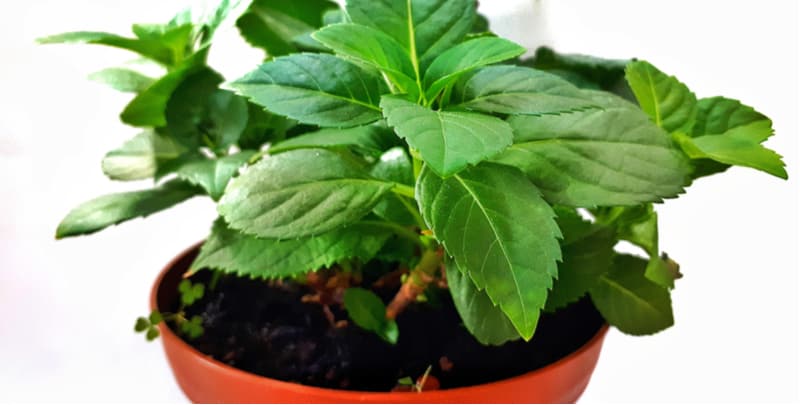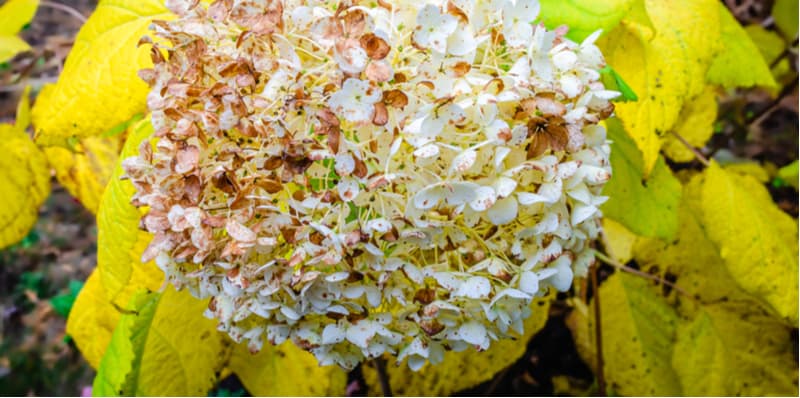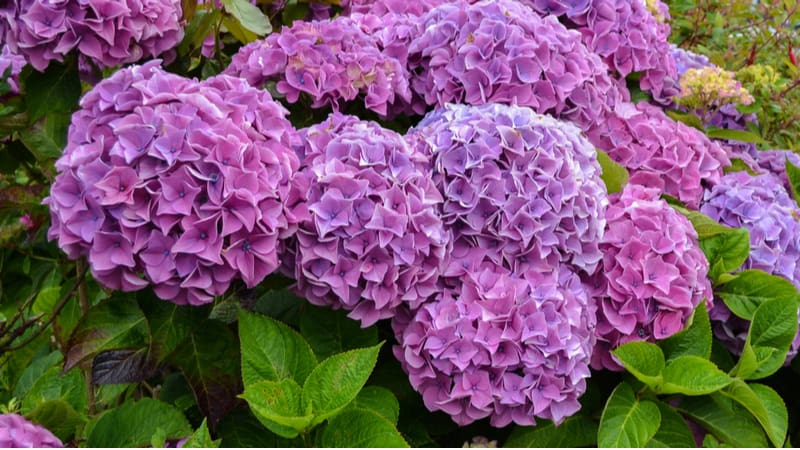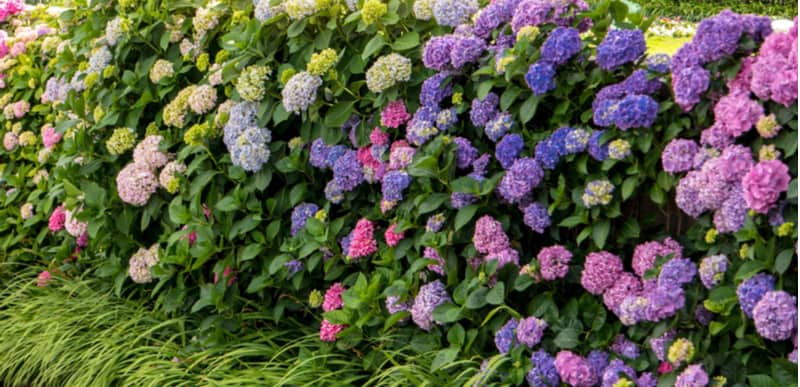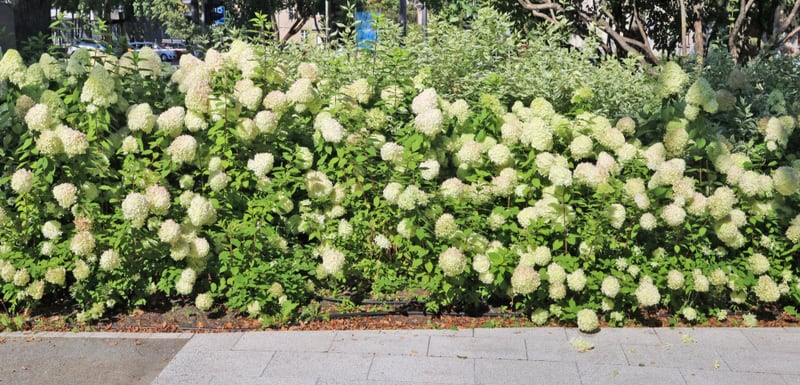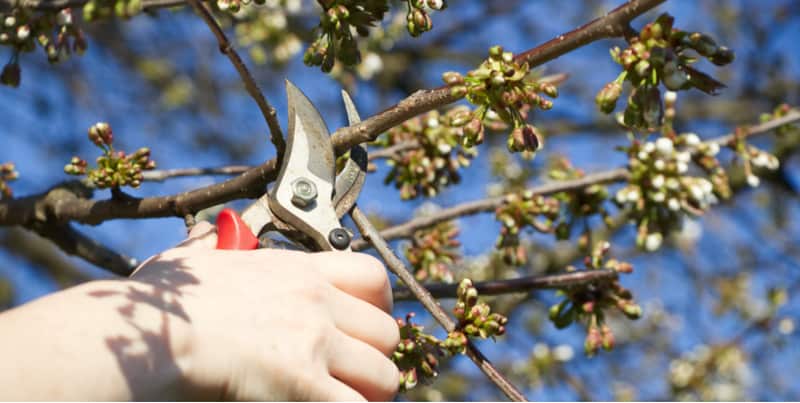Magnolias are stunning trees to have in your garden. Most people admire their glossy foliage and fragrant flowers that come in an array of colours, from white to purple and pink as well, and even yellow. The best part is if you have a successfully growing Magnolia you can reap the benefit of adding more Magnolias by propagating and growing more plants from cuttings. When should you take a cutting from a Magnolia? The best…
Magnolias are stunning deciduous and evergreen trees that are representative of an ancient species of trees, so the dramatic flowers and fragrant blooms have been appreciated throughout the centuries. Today they remain well known for the large and leathery leaves as well as their beautiful flowers, although sometimes those leaves start to drop and if you have put a lot of effort into maintaining your Magnolia it might be cause for concern. So why has…
Magnolias are stunning trees well known for their richly fragrant flowers, large leathery leaves, and the otherwise glossy, evergreen foliage that makes them coveted among gardeners. You can find deciduous, semi-deciduous and evergreen varieties, all with varying sizes and overall shapes that are easily controlled with basic pruning. However, things can go awry and you may start noticing that something is eating the leaves off your tree. What eats the leaves on Magnolia trees? There…
If you have a climbing Hydrangea that you love, why not take the opportunity to grow more of them? One of the most rewarding aspects of successfully cultivating flowers and plants in your garden is that you can propagate additional plants from them and literally multiply what you have, plus you can have lots of fun doing it too. If you have a climbing Hydrangea you can take a cutting and create a totally new…
Hydrangeas are very popular for the large pom pom shaped flowers and the collection of colours they provide you with, however, on occasions, you may find that the leaves are turning yellow and this can be frustrating if you don’t understand the cause. There are plenty of reasons why leaves might turn yellow, but rest assured, there are also plenty of solutions. Natural Yellow Colouring In some cases, the leaves naturally turn yellow. There are…
If you are growing a Hydrangea, aside from the climbing varieties, you will find that they are moderately slow growers. However, they will still need help from time to time, especially if they are younger. Regular Varieties If your Hydrangea is starting to reach the point where it’s flopping over, you might need to give it some support while it is continuing to grow. Almost all of the big leaf and panicle varieties get significantly…
Hydrangeas are a unique plant known for having large blooms of various colours. Many people instantly think of the stunning pinks and blues for which they are so well known for. But how do they get that way? There are different varieties of Hydrangeas, and they each require different growing conditions. Some, like the big leaf or mophead varieties, can thrive in almost any soil condition. However, the colour of the flowers that they produce…
Hydrangeas are beautiful plants with stunning flowers. It is the flowers that lure most people to them. But what happens when your Hydrangea stops flowering? There are several things that can result in a lack of flowers, ranging from too much fertiliser, frost damage, or more commonly incorrect pruning. You know better than anyone what is the likely culprit, based on your maintenance habits. However, in most cases, as mentioned, it is simply an issue…
Hydrangeas are deciduous shrubs that produce a variety of colours and sizes for their flower heads. Gardeners love the versatility available through the evergreen and deciduous species and the plants grow so large that you can use them to make a hedge. The adult varieties are freestanding specimens that will very quickly assume the space you afford them. You can find two different types of flowers depending on the variety you choose. You can choose…
If you have a cherry tree in your garden, the fruit you can enjoy is well worth the effort of regular pruning. Pruning not only helps revive otherwise older trees, but keeps them young, in shape (literally), and productive. When to prune your cherry tree If you have a cherry tree, the best time to prune is between the middle of May and the middle of August. This is for regular pruning. Of course, like…

